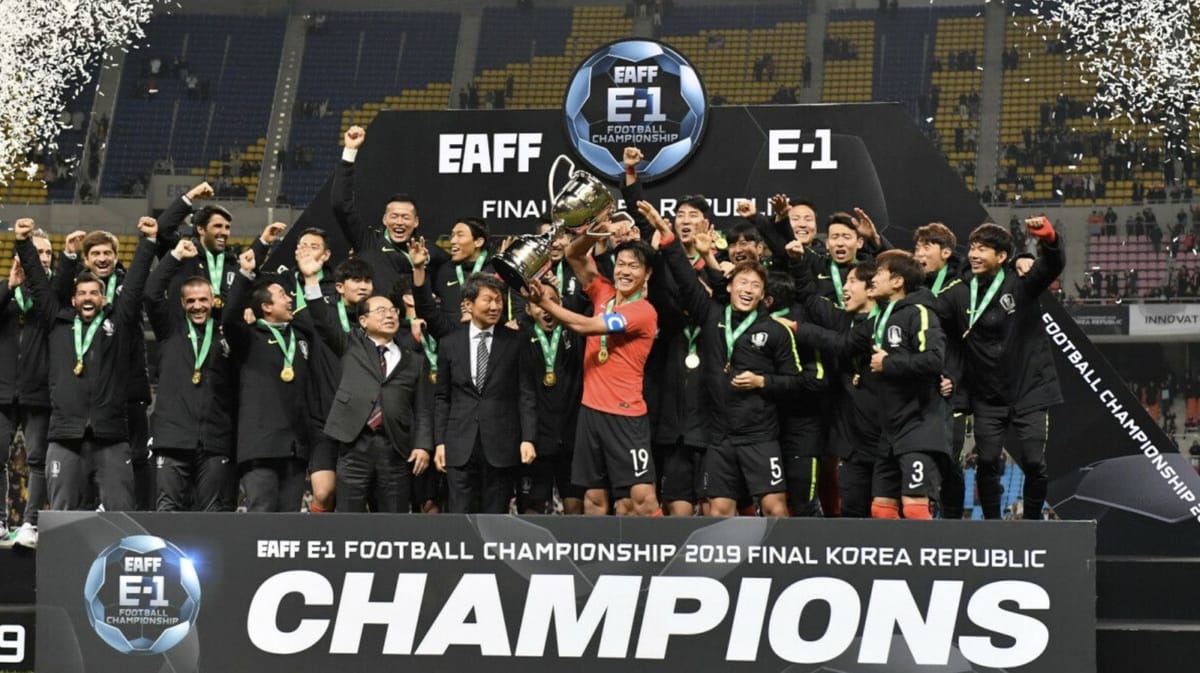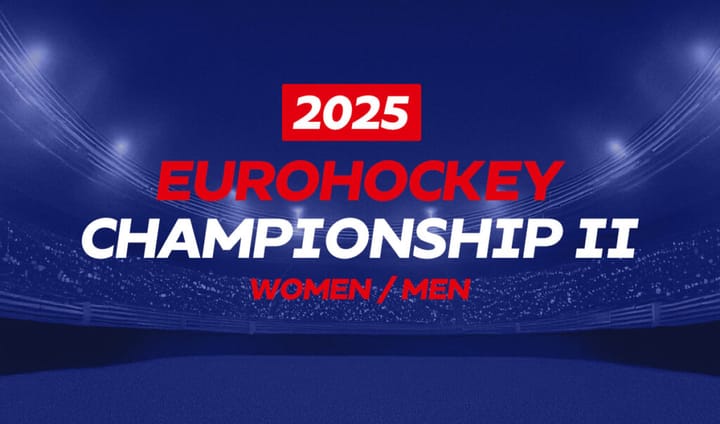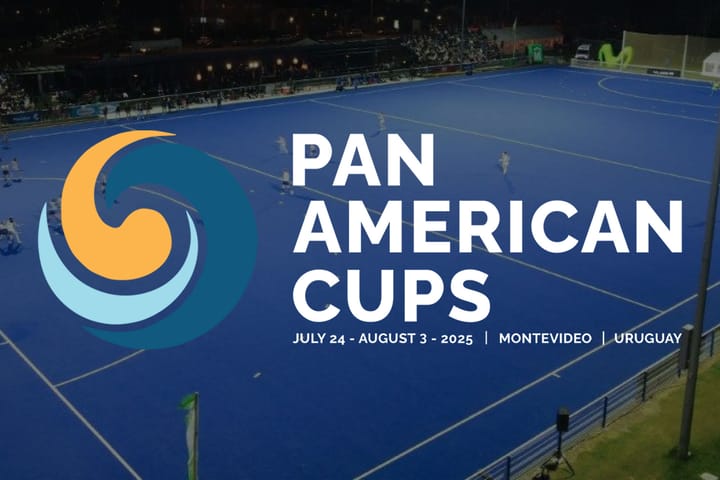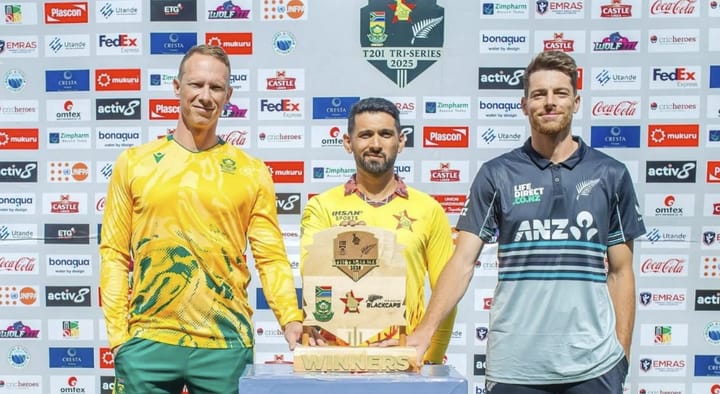EAFF E-1 Football Championship 2025: A Fierce Battle and a Glimpse into East Asian Football's Future
Japan dominates the EAFF E-1 Football Championship 2025! 🏆 South Korea hosts a tournament revealing East Asian football's raw talent & challenges like no VAR. A fierce regional battle shaping the road to FIFA World Cup 2026!

East Asia, a hotbed of football passion and burgeoning talent, recently concluded its premier regional tournament: the EAFF E-1 Football Championship 2025. Held from July 7–15 in South Korea, this competition, often serving as a crucial proving ground for domestic-based players, delivered intense rivalries, surprising performances, and valuable insights into the state of the game in one of Asia's most competitive regions.
As a senior content writer and researcher for a modern digital sports media brand, I always look to these regional tournaments for a pulse check on global football. They offer a unique blend of national pride and tactical experimentation, often setting the stage for bigger events like the FIFA World Cup 2026 qualifiers and the AFC Asian Cup. The 2025 edition certainly provided plenty to dissect, both on and off the pitch.
The Host and the Format
South Korea proudly hosted the 2025 championship, with matches primarily taking place at the Yongin Mireu Stadium in Yongin, and some women's matches also at Suwon World Cup Stadium and Hwaseong Sports Complex. The compact nature of the tournament, with all matches played within a week and a half, intensified the competition. Both the men’s and women’s tournaments featured a round-robin league system, ensuring each team played against every other, maximizing competitive opportunities for players and tactical adjustments for coaches.
Men's Tournament: Japan's Dominance and Germain's Rise
The men's competition saw a compelling battle unfold among four formidable teams: Japan, South Korea, China PR, and Hong Kong, China.
Final Standings:
- Japan (9 points, 3 wins)
- South Korea (6 points, 2 wins, 1 loss)
- China PR (3 points, 1 win, 2 losses)
- Hong Kong, China (0 points, 3 losses)
Japan, under Coach Hajime Moriyasu, showcased their tactical discipline and attacking prowess, securing the title with a perfect record of three wins. Their decisive 1-0 victory over hosts South Korea on the final day sealed their championship fate, with Ryo Germain netting the crucial goal.
Individual Brilliance: The tournament's standout performer was undoubtedly Japan's forward Ryo Germain. He clinched both the Top Scorer award with an impressive 5 goals and was named the Most Valuable Player (MVP). Notably, Germain's four goals in Japan's opening 6-1 rout of Hong Kong, China, on his international debut, set the tone for his sensational campaign. Japan's goalkeeping solidity was recognized with Keisuke Ōsako receiving the Best Goalkeeper award, underscoring the team's balance.
South Korea finished as runners-up, showcasing their resilience with wins against China PR and Hong Kong, China. China PR secured third place with a hard-fought victory over Hong Kong, China, while Hong Kong battled hard but ultimately finished fourth.
Women's Tournament: Korea Republic Crowned Champions
The EAFF Women’s E-1 Football Championship, now officially branded as the EAFF W-Cup from 2025 onwards, was equally compelling.
Final Standings:
- Korea Republic (5 points)
- China PR (5 points)
- Japan (5 points)
- Chinese Taipei (0 points)
In a tightly contested tournament where three teams finished on five points, Korea Republic emerged as champions. They secured their title with a decisive 2-0 victory against Chinese Taipei on the final day, triumphing over China PR and Japan due to a superior ratio of goals scored in matches between the tied teams. This marked Korea Republic's first regional success in the women's tournament since 2005.
Individual Brilliance (Women's): Korea Republic's Jang Sel-gi was named the MVP, while China PR's Shao Ziqin was the Top Goal Scorer with 3 goals. Korea Republic's Kim Min-jung was awarded Best Goalkeeper.
Beyond the Pitch: Challenges and Insights
The 2025 E-1 Championship, while delivering compelling football, also highlighted some operational challenges inherent to regional tournaments:
- Attendance: The total attendance for the six men's matches was approximately 32,136, averaging around 5,356 per match. While respectable for a regional tournament not featuring full-strength, European-based squads, it wasn't a sell-out spectacle.
- Extreme Heat: Held in July, South Korea experienced typical summer conditions, including periods of extreme heat and humidity. This tested player endurance and raised questions about scheduling major tournaments in such climates, a lesson relevant for future events, including the FIFA World Cup 2026 in North America.
- Lack of VAR: A significant point of contention was the absence of Video Assistant Referee (VAR) technology due to budget constraints. This decision drew criticism, particularly from Chinese media, who argued it reflected a "lack of sincerity" and could compromise fairness in high-stakes matches involving regional rivals. The EAFF explained the decision was due to budget limitations, and efforts were made to ensure fairness by assigning referees from Southeast Asia. However, the incident underscored the ongoing debate around the universal application of VAR, especially in tournaments with varying financial capacities.
Historical Context and What's Next for East Asian Football
The EAFF E-1 Football Championship, previously known as the East Asian Cup (2013-2015) and East Asian Football Championship (2003-2010), has a rich history dating back to the Dynasty Cup (1990-1998). It consistently serves as a vital platform for East Asian nations to assess their domestic talent, experiment with tactics, and build squad depth outside of the official FIFA international windows.
For Japan and South Korea, who have already secured their spots in the FIFA World Cup 2026 qualifiers (and are looking strong for the tournament proper), the E-1 Championship was an invaluable opportunity to blood new players and test tactical systems without the pressure of a full-strength opponent. As Japan coach Hajime Moriyasu noted, it was a chance to see how J-League talents could step up. For China PR, the tournament provided crucial competitive minutes and a chance to build chemistry, as they continue their journey in the demanding FIFA World Cup 2026 Asian Qualifiers. Similarly, for women's teams, it served as critical preparation for the AFC Women's Asian Cup 2026, which is also a qualifier for the FIFA Women's World Cup 2027.
The E-1 Championship reaffirms East Asia's commitment to developing its own distinct brand of football. It's a reminder that regional rivalries are just as intense and important for national team development as global competitions. The lessons learned, particularly regarding VAR implementation and climate considerations, will undoubtedly shape future tournaments across Asia.
Significance for India
From an Indian perspective, the EAFF E-1 Championship offers valuable insights. Regional competitions like the SAFF Championship for India and its South Asian neighbors are crucial for providing regular international exposure and fostering rivalries. The challenges faced by the EAFF, such as VAR implementation due to budget, resonate with discussions in Indian football regarding the adoption of technology in domestic leagues. Observing how East Asian nations manage player availability (often without European-based stars) and prioritize domestic talent is a pertinent lesson for Indian coaches and administrators striving to elevate the sport within the country and eventually make a strong push for FIFA World Cup qualification.
The EAFF E-1 Football Championship 2025 was more than just a series of matches; it was a testament to the enduring passion for football in East Asia, a proving ground for emerging talent, and a blueprint for regional development that holds lessons for the global game.
Thank you for reading! If you’re passionate about sports and want timely updates, subscribe to our newsletter to never miss a story.
Disclaimer: We strive to publish verified and up-to-date information from official sources. If you spot any inaccuracies or would like to suggest corrections, please reach out to us directly [contact@chalokhelte.com]. We value and appreciate community feedback.


